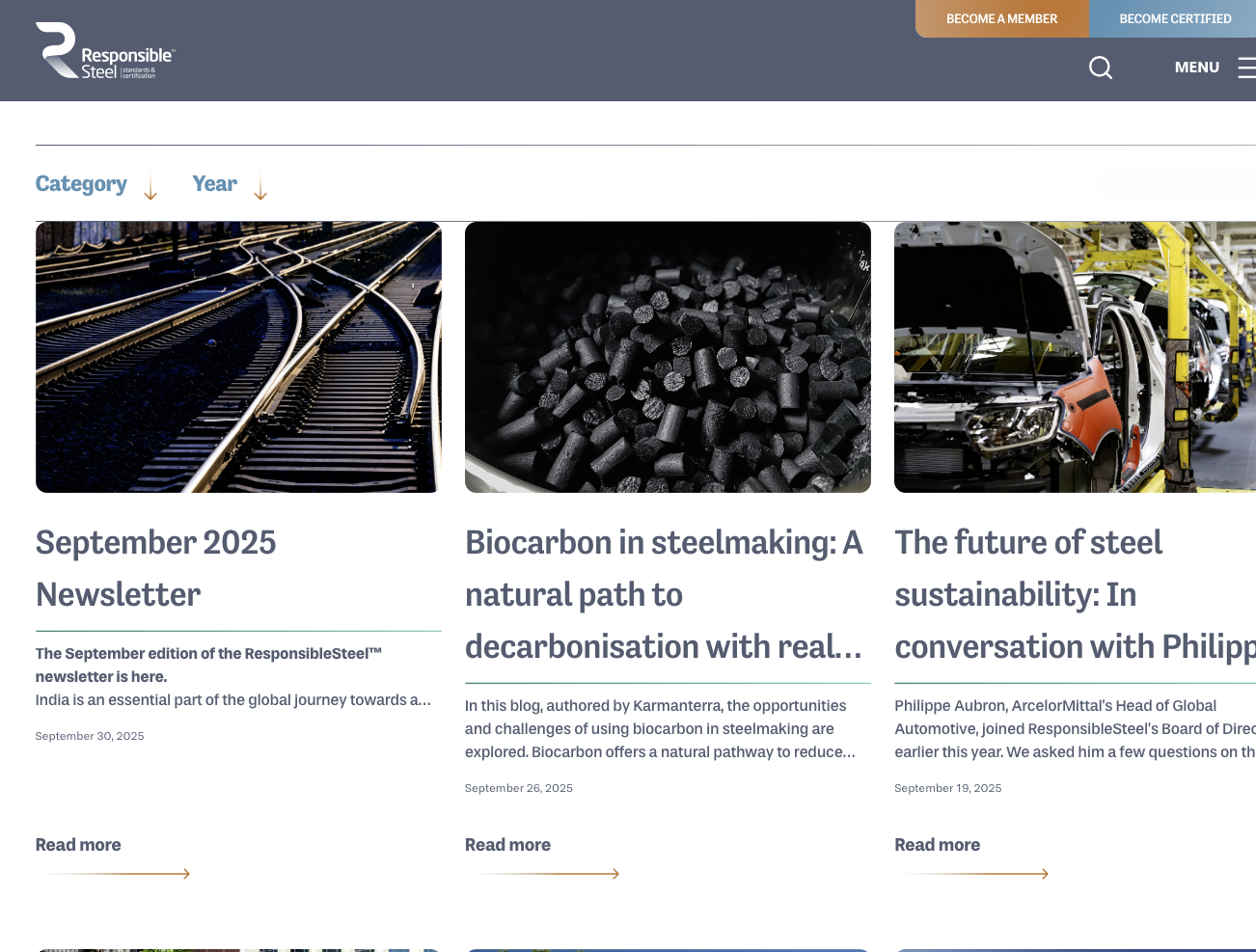Reviving Maui's Lush Legacy: The Power of Afforestation
Maui, the mesmerizing jewel of the Hawaiian archipelago, is facing a pressing ecological challenge that demands immediate attention: drought conditions, a consequence of historical deforestation has now caused one of the most devastating fires in US history and may well happen again if nothing is done. As the island grapples with water scarcity and fire mitigation issues, it's imperative that we explore innovative afforestation strategies to bolster the islands resilience moving forward.
Historical Deforestation on Maui
Maui's history is intertwined with its forests, which once thrived with an abundance of native plant species. However, with the arrival of Western settlers in the 18th century, extensive deforestation ensued. Trees were felled for agriculture, construction, and the introduction of non-native species, disrupting Maui's ecological equilibrium.
The adverse effects of this deforestation are multi-faceted, the most significant being the emergence of severe drought conditions on portions of the island. The loss of native forests has led to soil erosion, diminished water retention, and reduced groundwater recharge rates, all contributing to the current drought crisis.
Bamboo as Pioneer Species
One promising strategy to kickstart the afforestation process on Maui is the use of bamboo as a pioneer species, the “clumping” varieties are non-invasive and are currently grown at nurseries throughout Hawaii in a manageable and sustainable way . Bamboo, known for its rapid growth and adaptability, can play a vital role in rejuvenating the island's landscapes:
1. Soil Stabilization: Bamboo's extensive root systems help prevent soil erosion, protecting valuable topsoil from being washed away during heavy rains and mitigating the risks of landslides.
2. Water Retention: Bamboo groves act as natural sponges, capturing and retaining rainwater. This contributes to increased soil moisture and helps recharge groundwater.
3. Carbon Sequestration: Bamboo is a potent carbon sequestrator, absorbing large amounts of CO2 from the atmosphere and helping combat climate change.
4. Biodiversity Support: Bamboo ecosystems can provide habitat and sustenance for native flora and fauna, contributing to the restoration of Maui's biodiversity.
Eco-Tourism and New Economies
Afforestation on Maui isn't just about environmental restoration; it can also pave the way for new economic opportunities, particularly in the realm of eco-tourism:
1. Nature-Based Tourism: As Maui's landscapes are revitalized, they become more attractive to nature enthusiasts and eco-tourists. People from around the world are drawn to lush, green environments, creating new revenue streams for the island.
2. Educational Initiatives: Afforestation projects offer opportunities for educational programs, providing valuable insights into conservation efforts and sustainable land management practices.
3. Bamboo Products: Bamboo, with its versatility, can serve as a sustainable resource for producing a wide range of eco-friendly products, from furniture and construction materials to textiles and food.
4. Employment Opportunities: The afforestation and bamboo industries can create jobs, from planting and maintenance to harvesting and product development.
A New Chapter
Maui's historical deforestation has cast a shadow over its once-thriving ecosystems, leading to the pressing issue of drought conditions. However, with a well-planned afforestation strategy, spearheaded by the introduction of bamboo as a pioneer species, the island can turn the tide and restore its ecological balance.
Moreover, this endeavor holds the potential to give rise to eco-tourism and new economies, breathing life into Maui's communities and ensuring a sustainable future. It's time for Maui to reclaim its lush legacy and chart a course towards a greener, more prosperous tomorrow. Afforestation isn't just an environmental mission; it's a pathway to rejuvenation and resilience for this paradise in the Pacific.
















